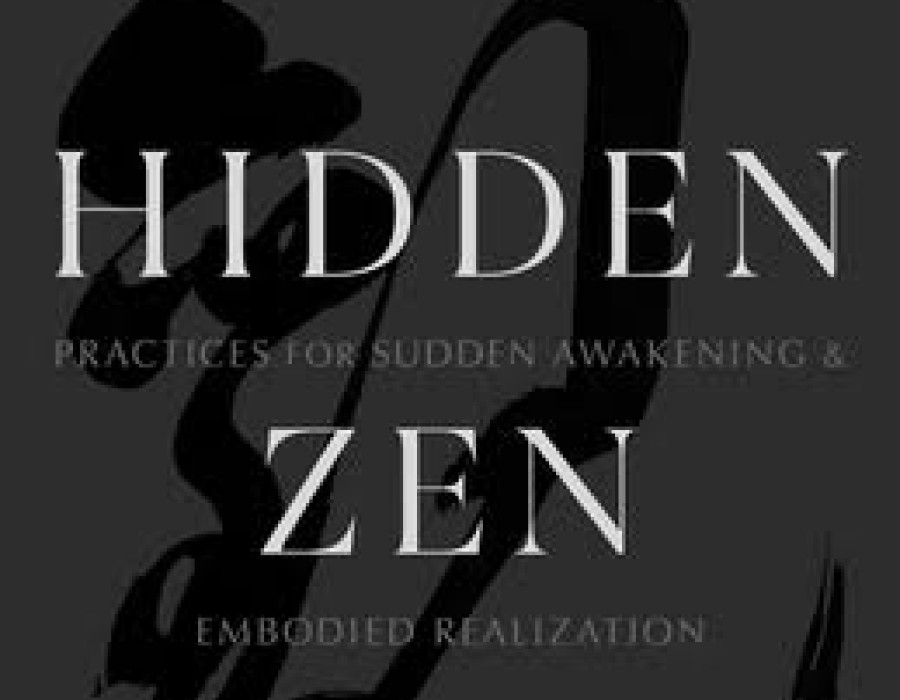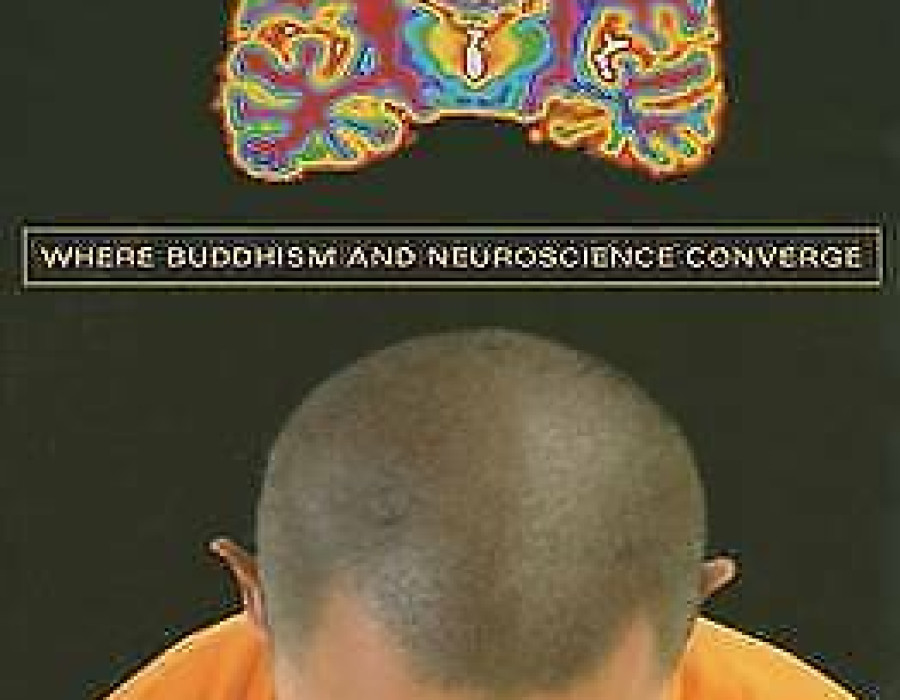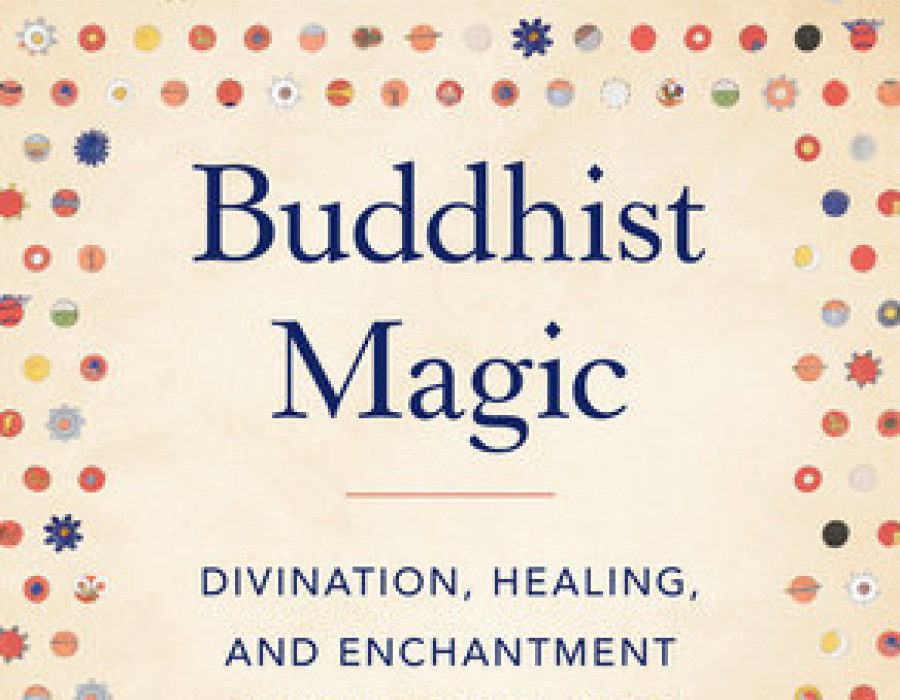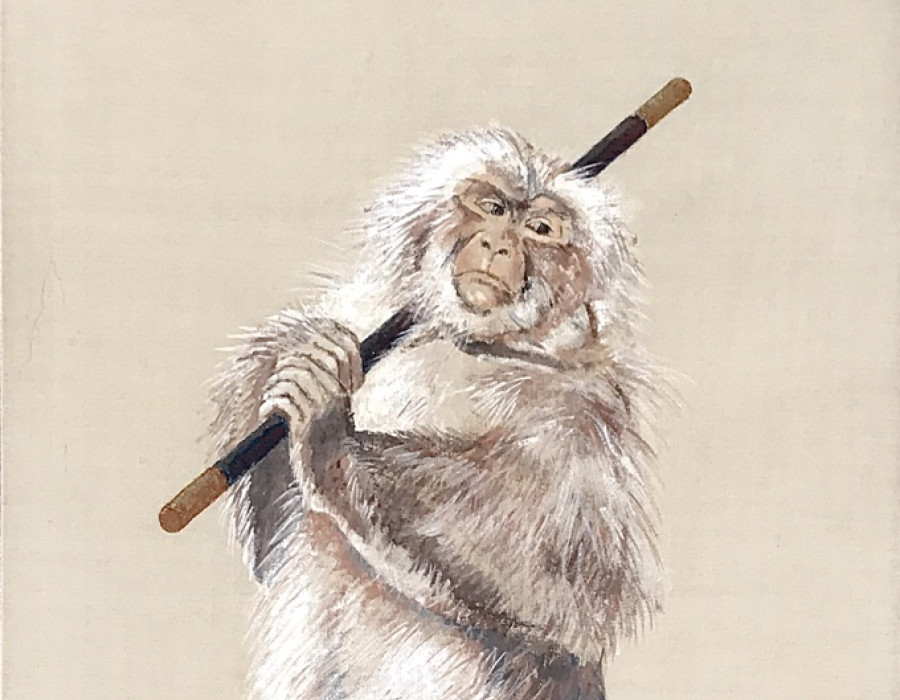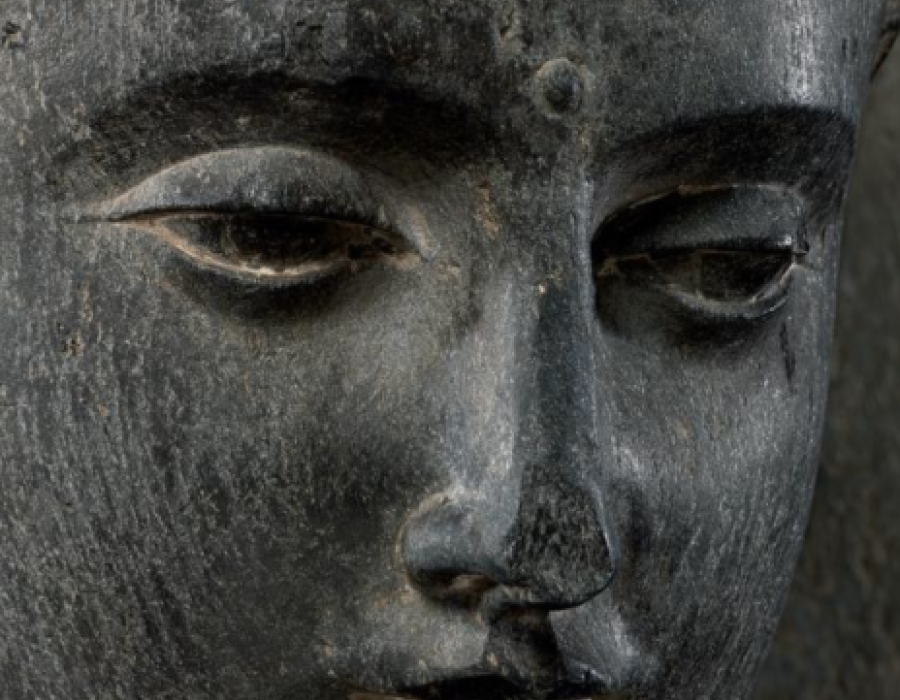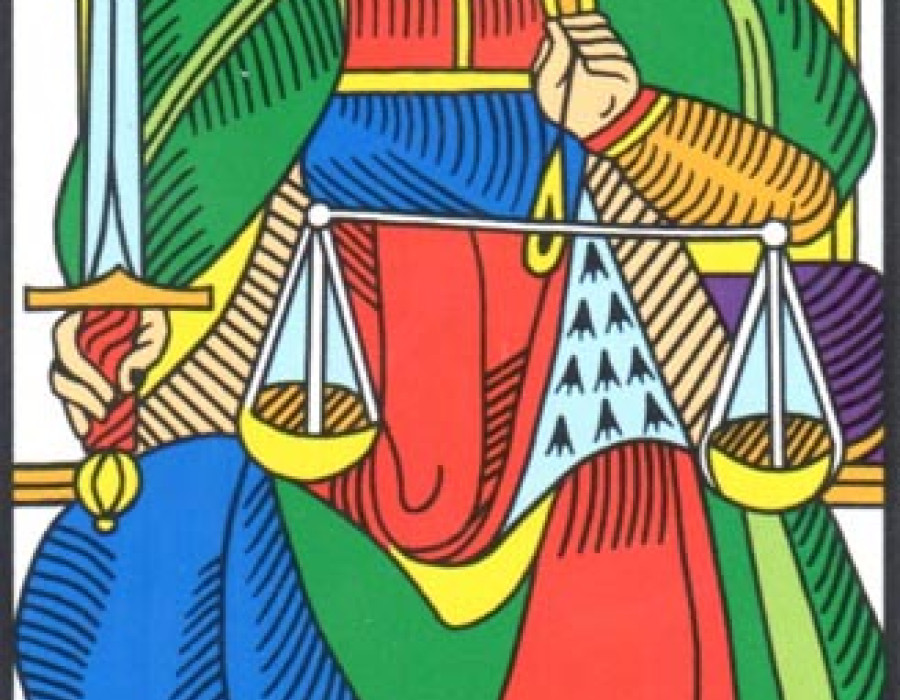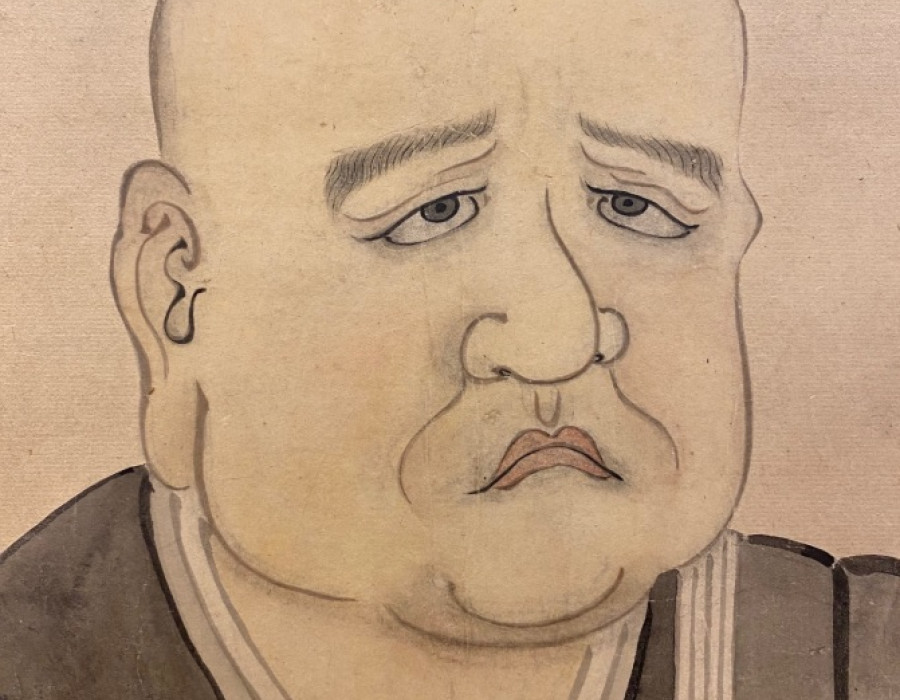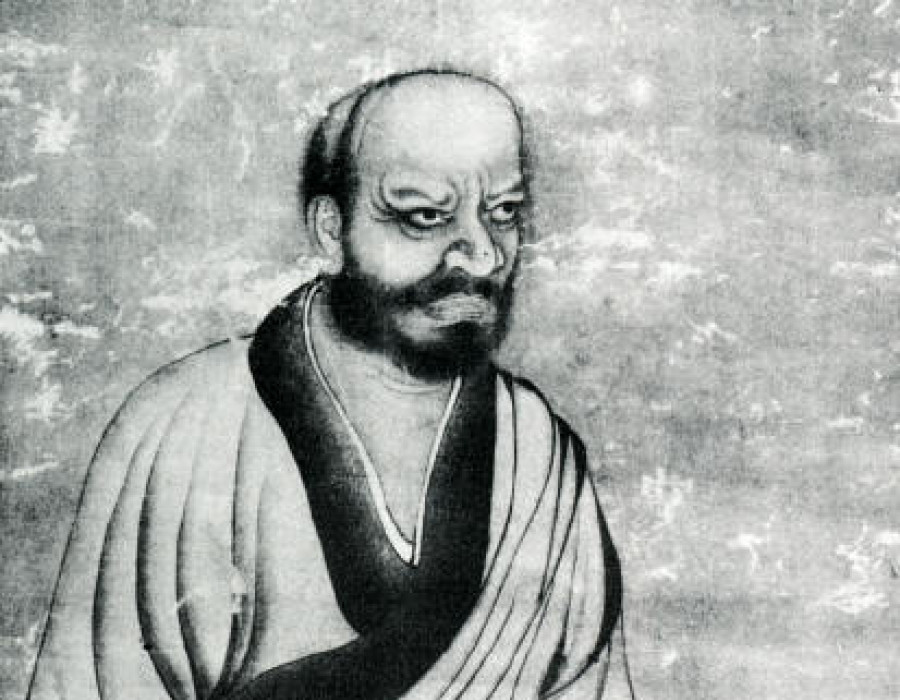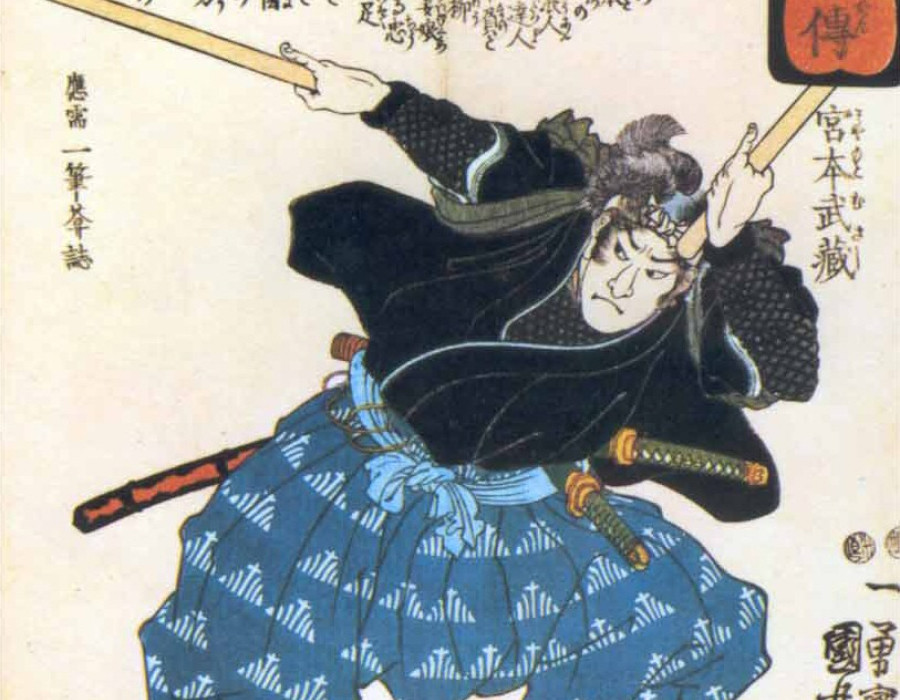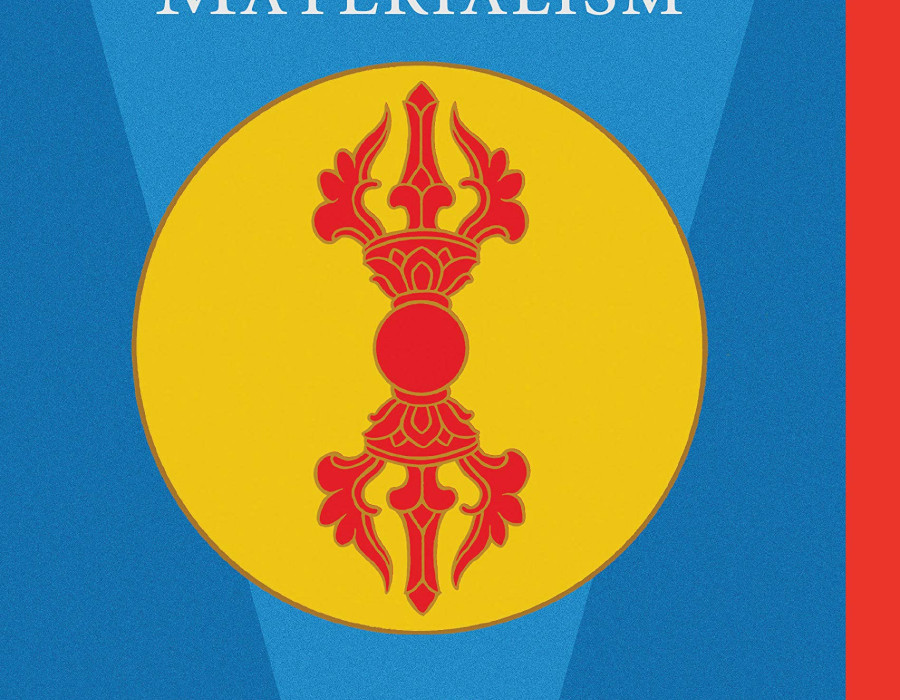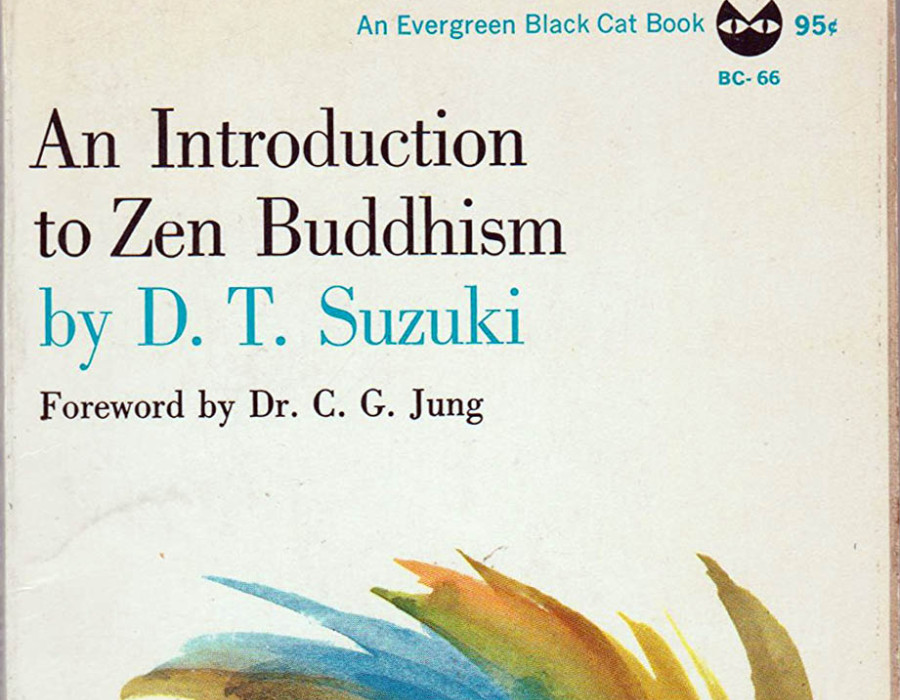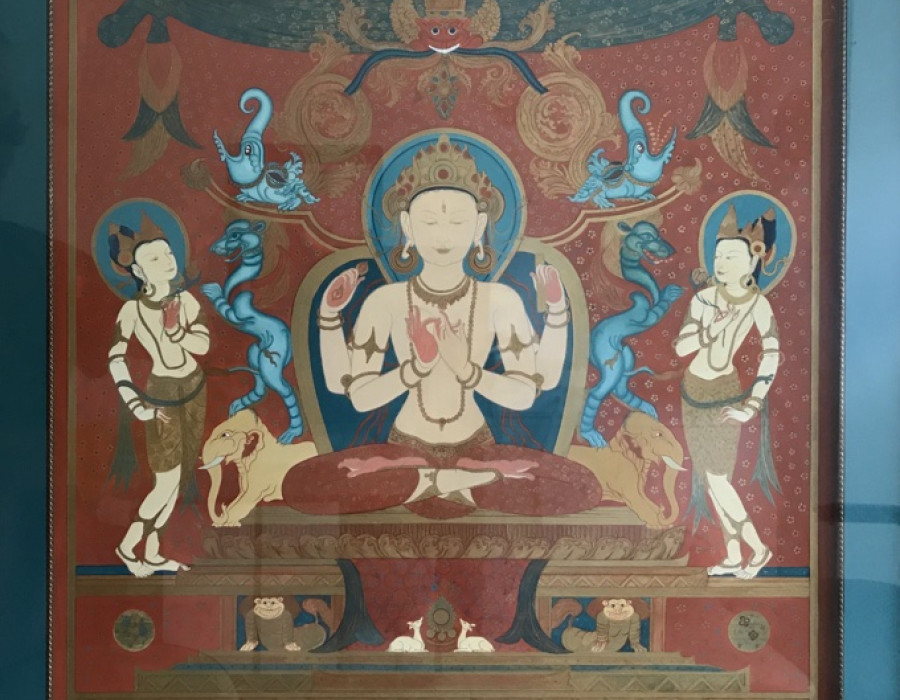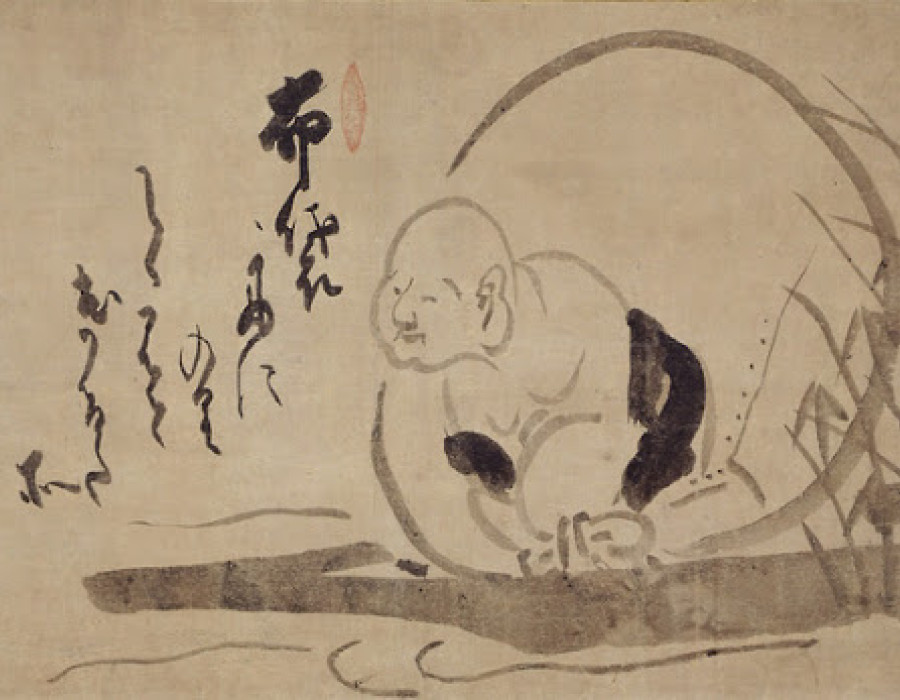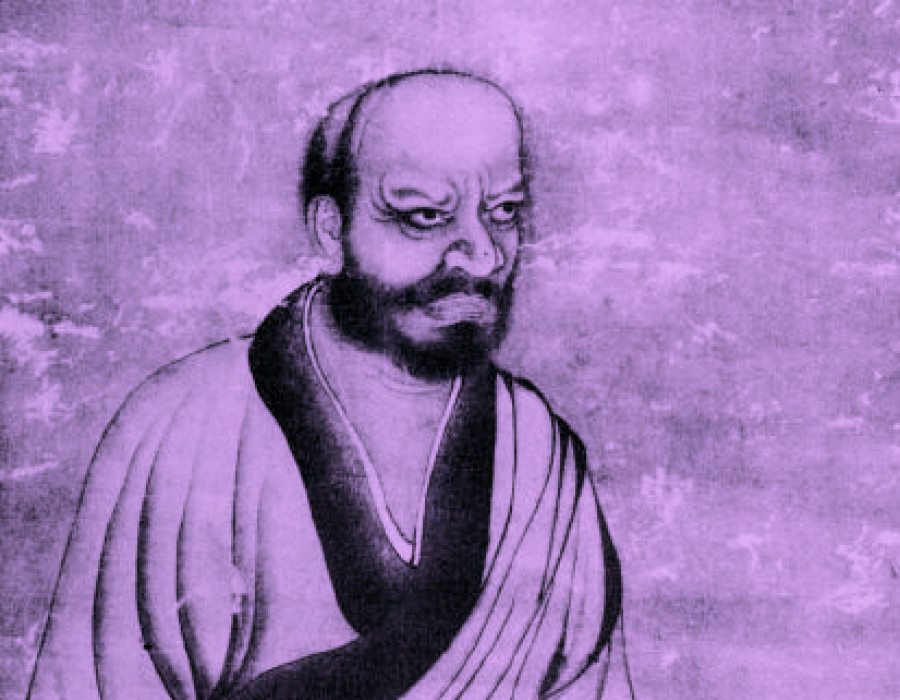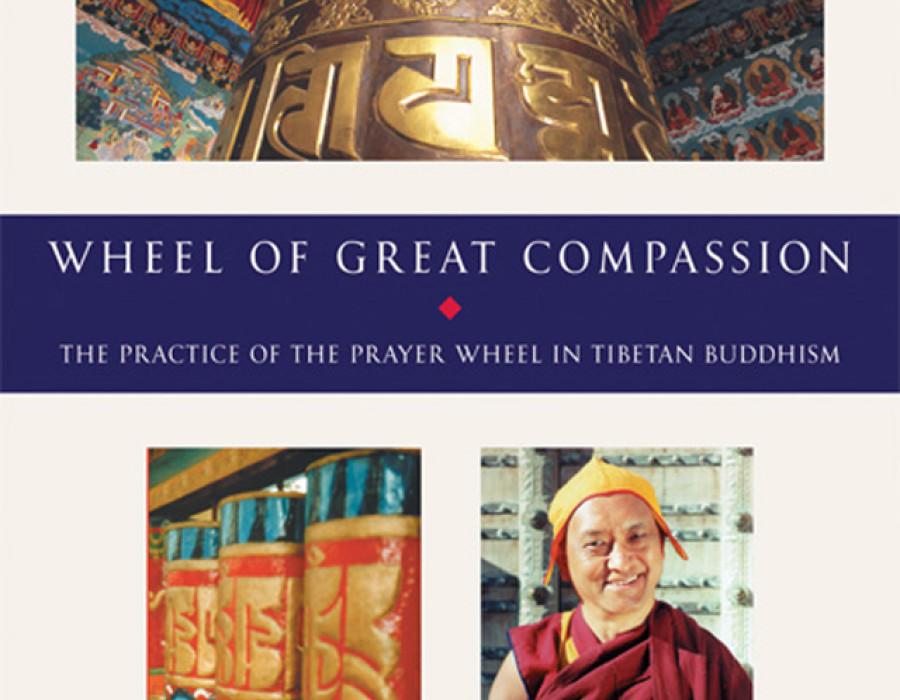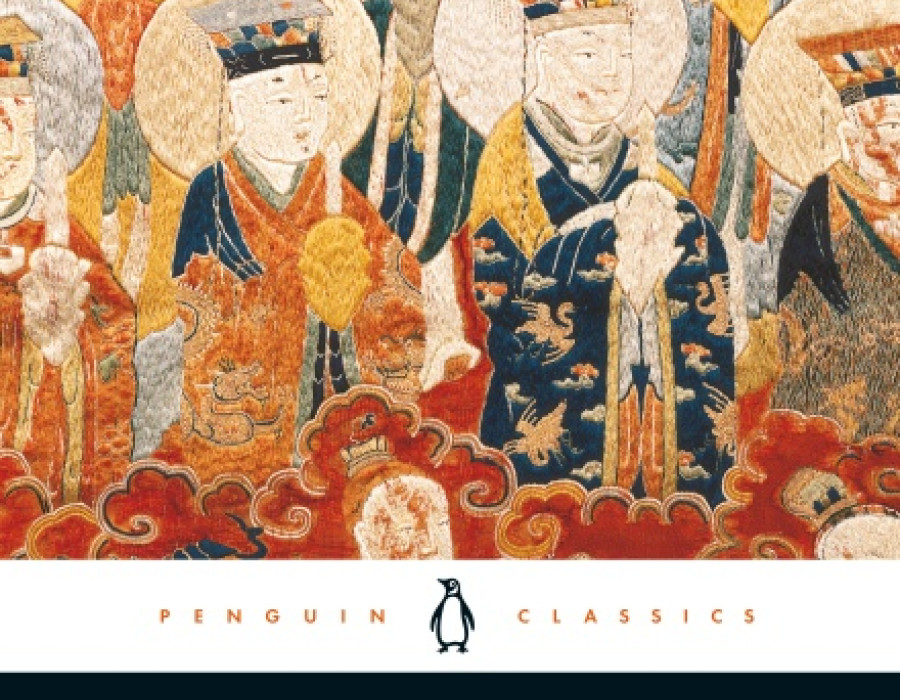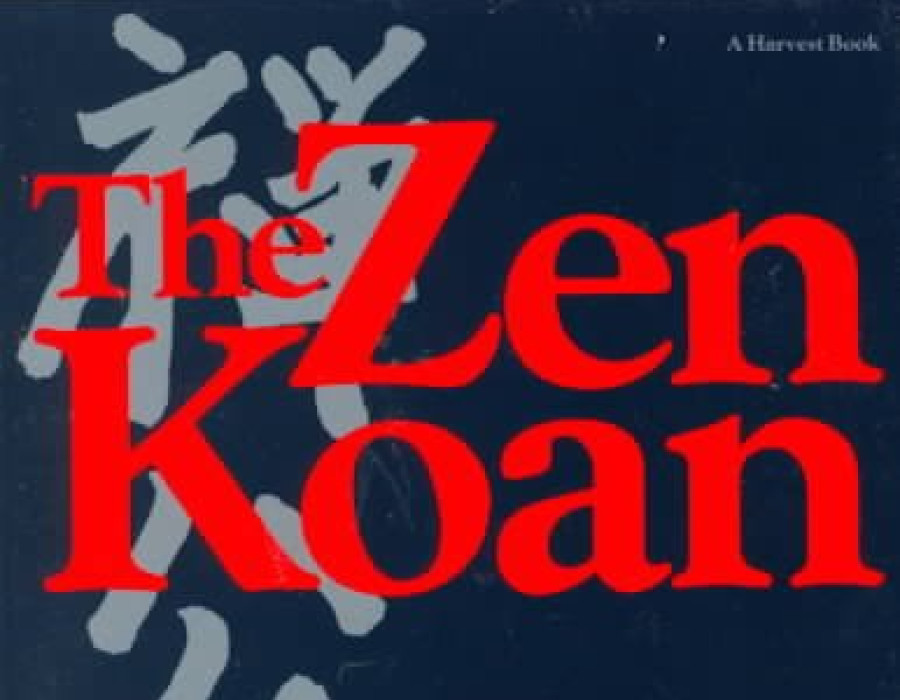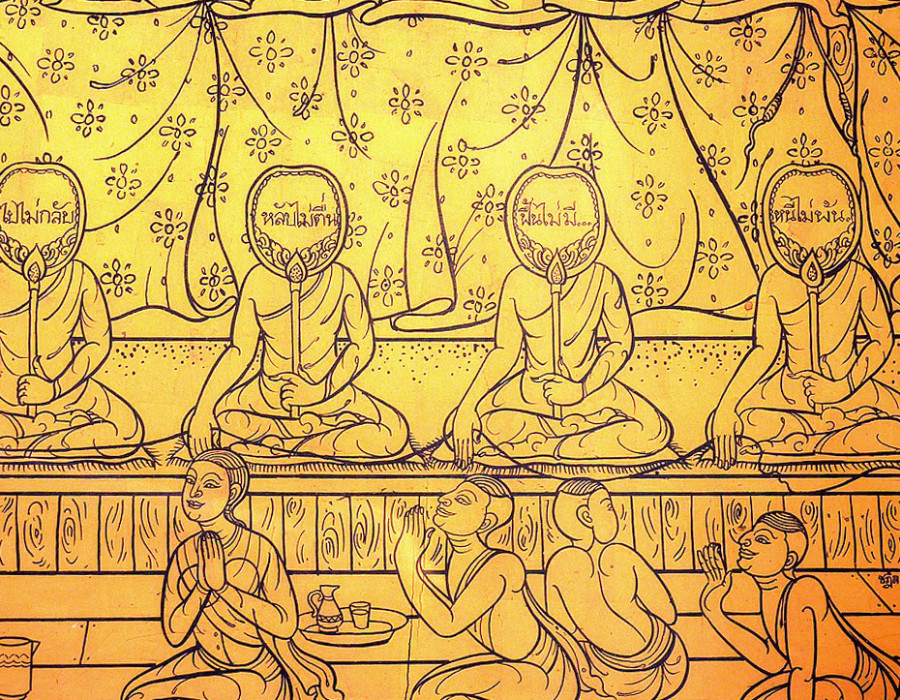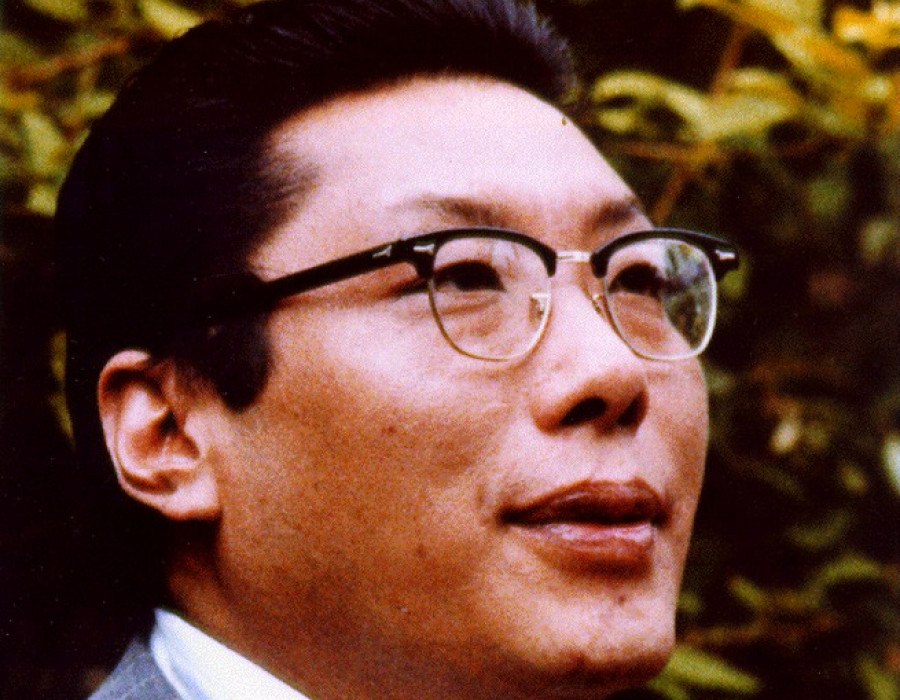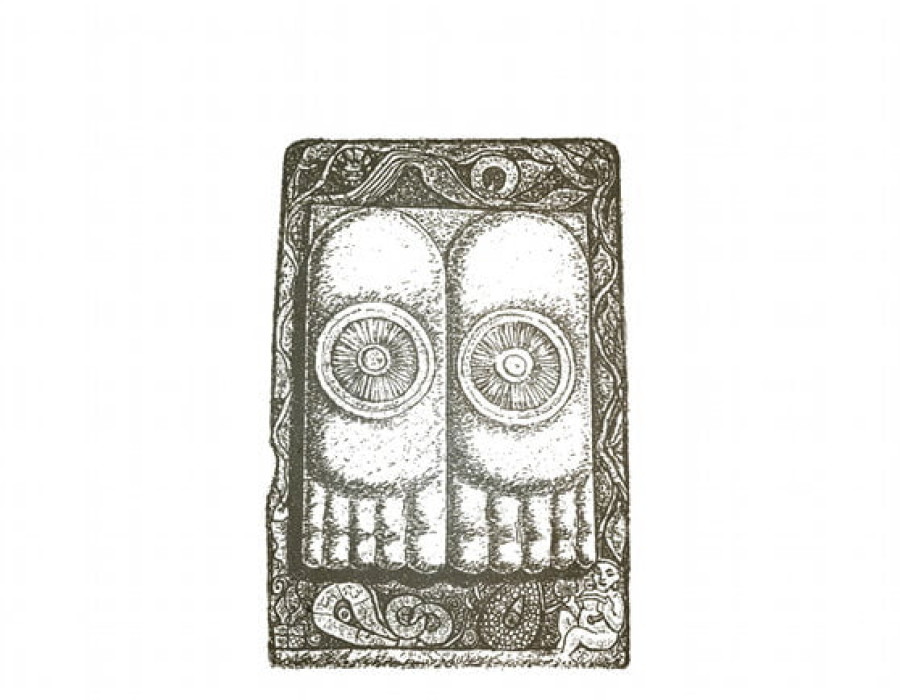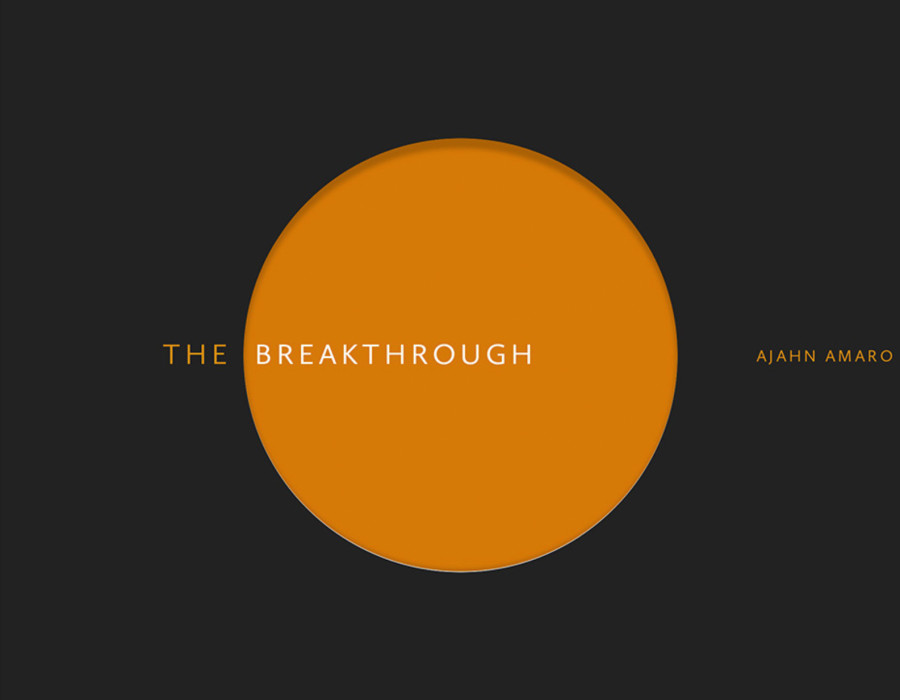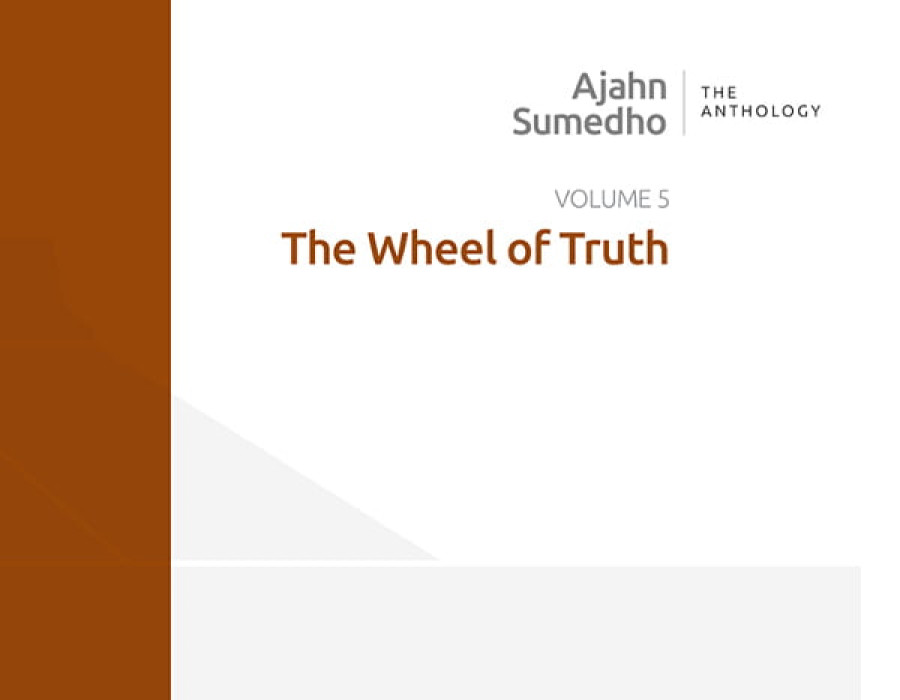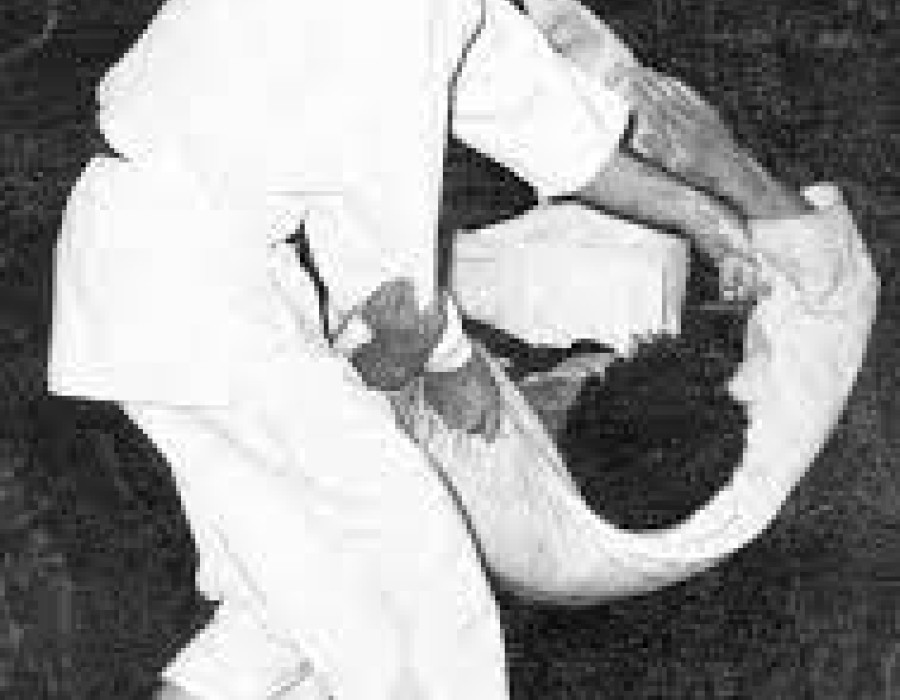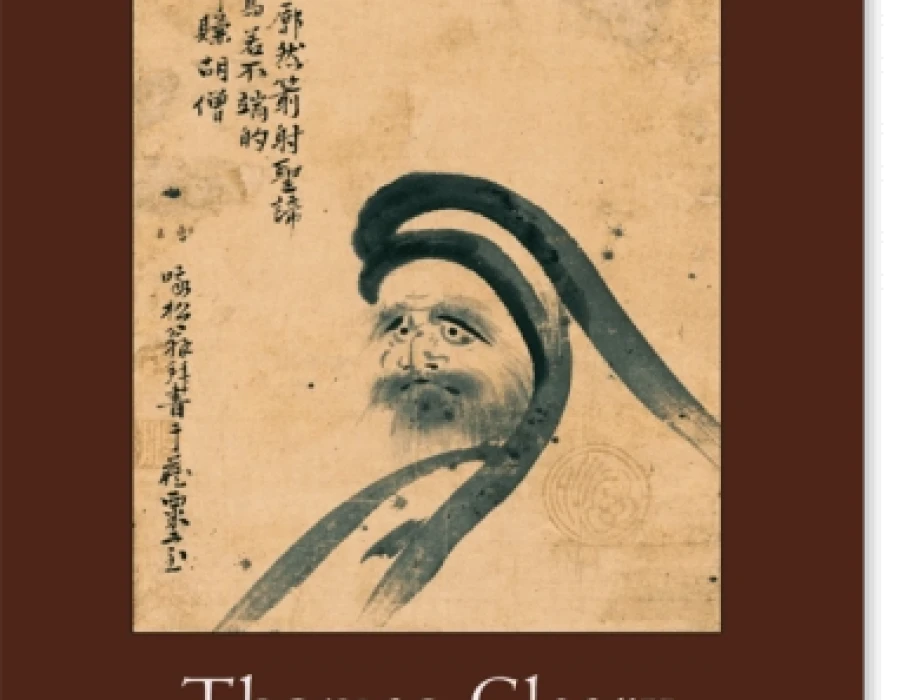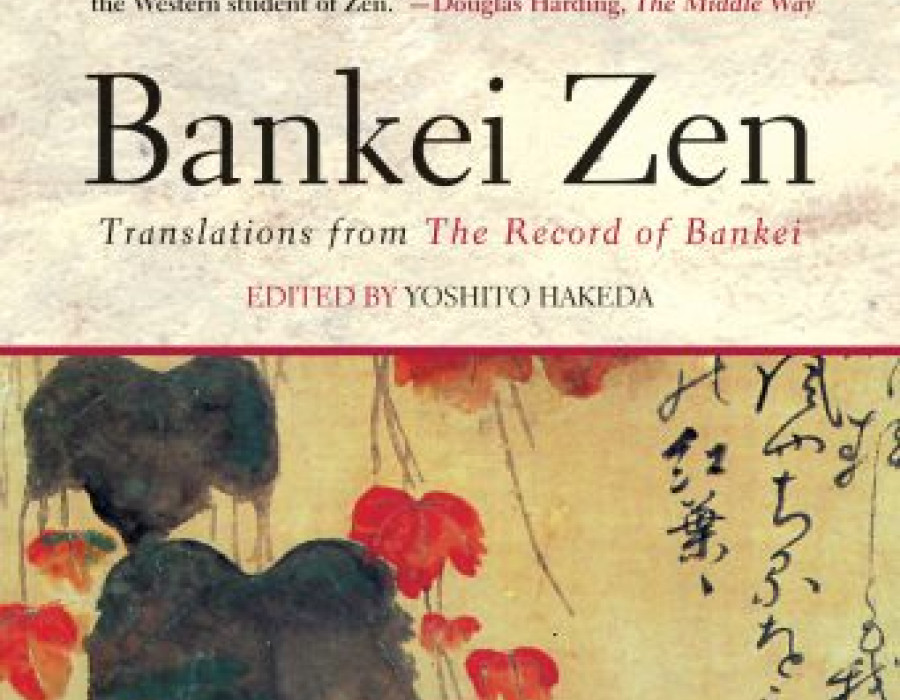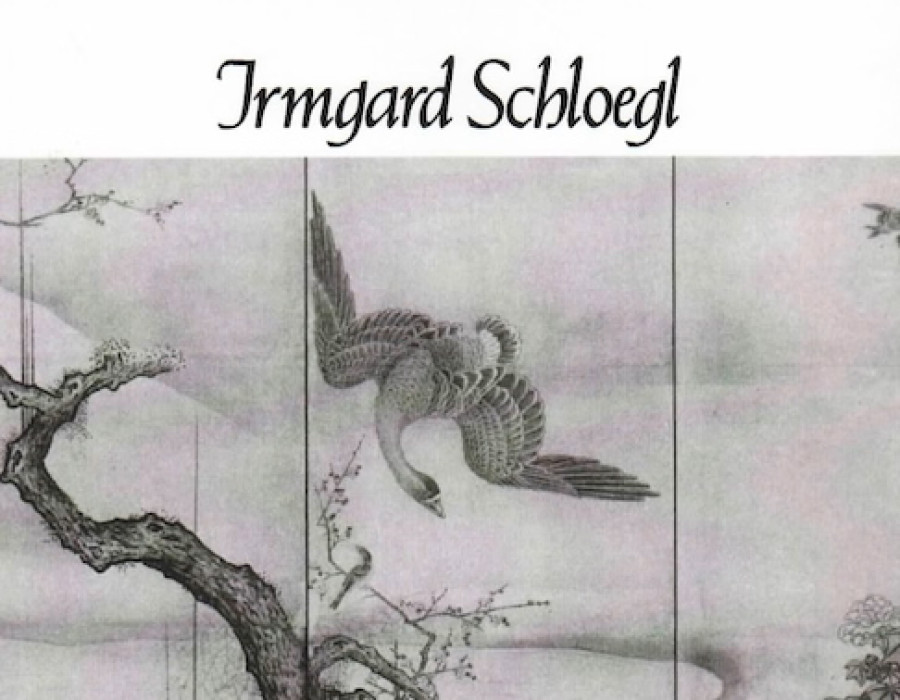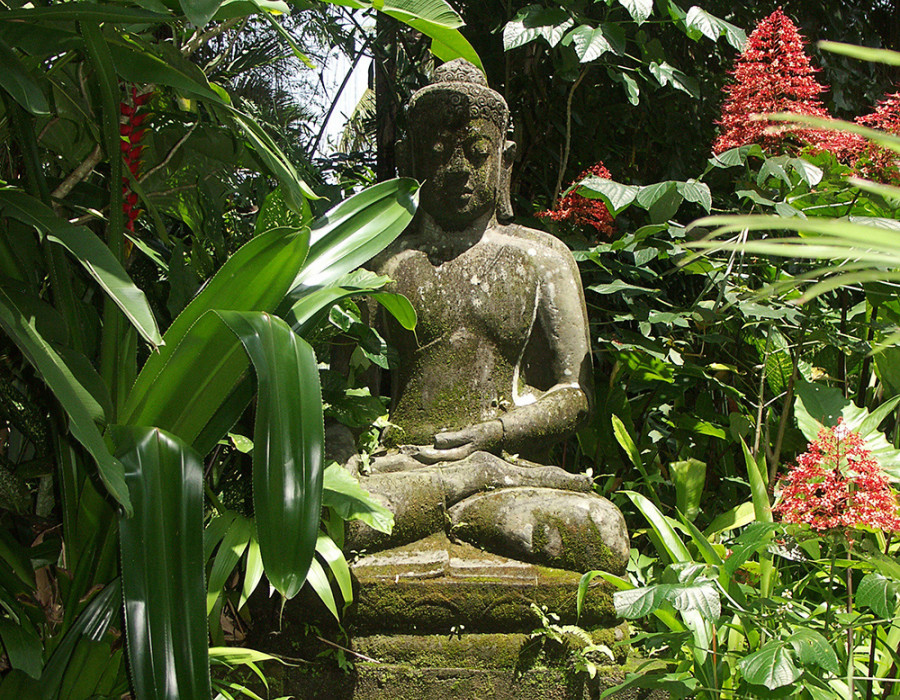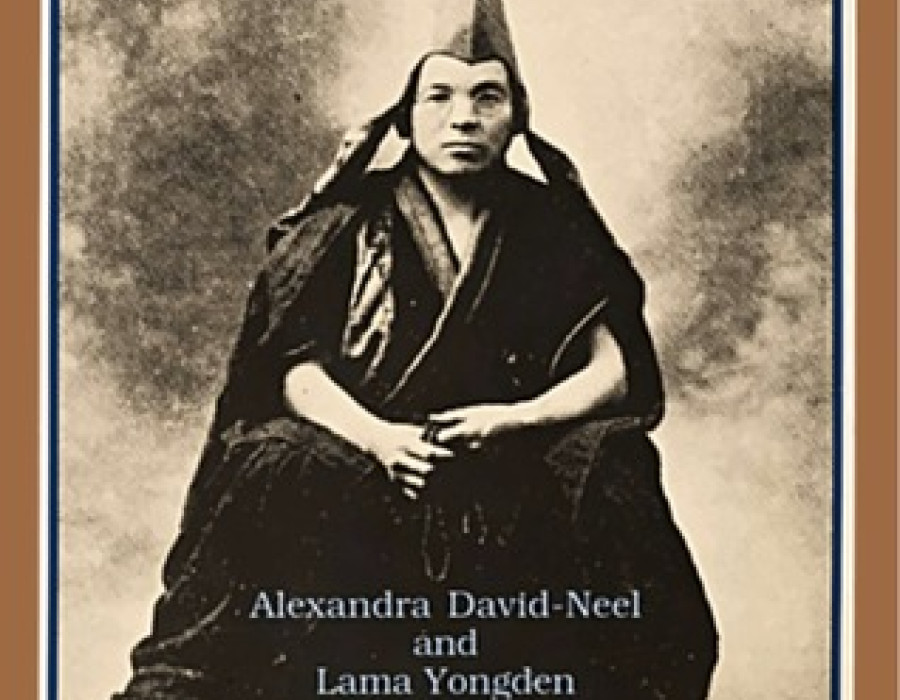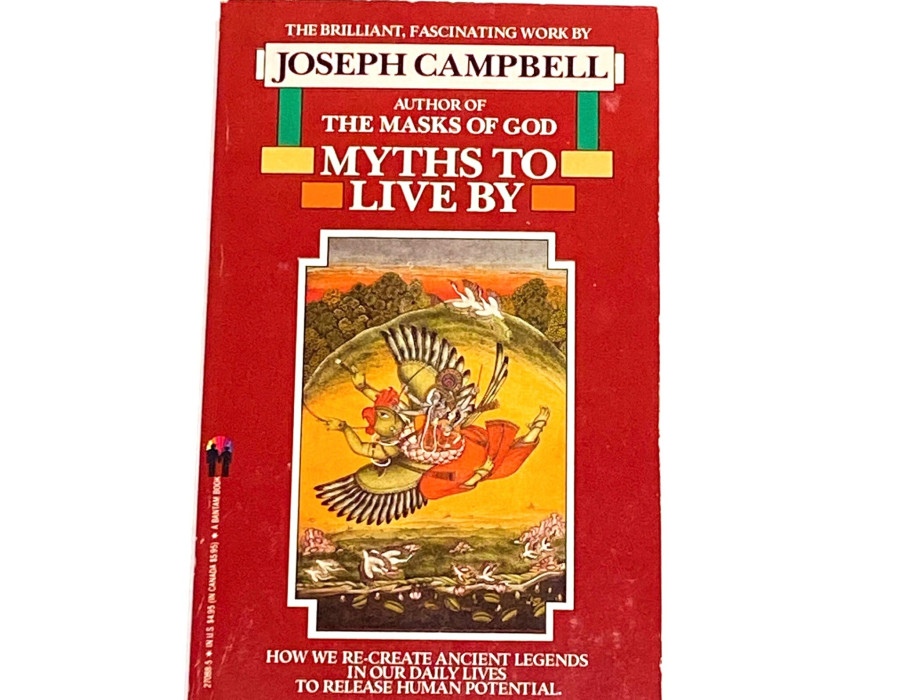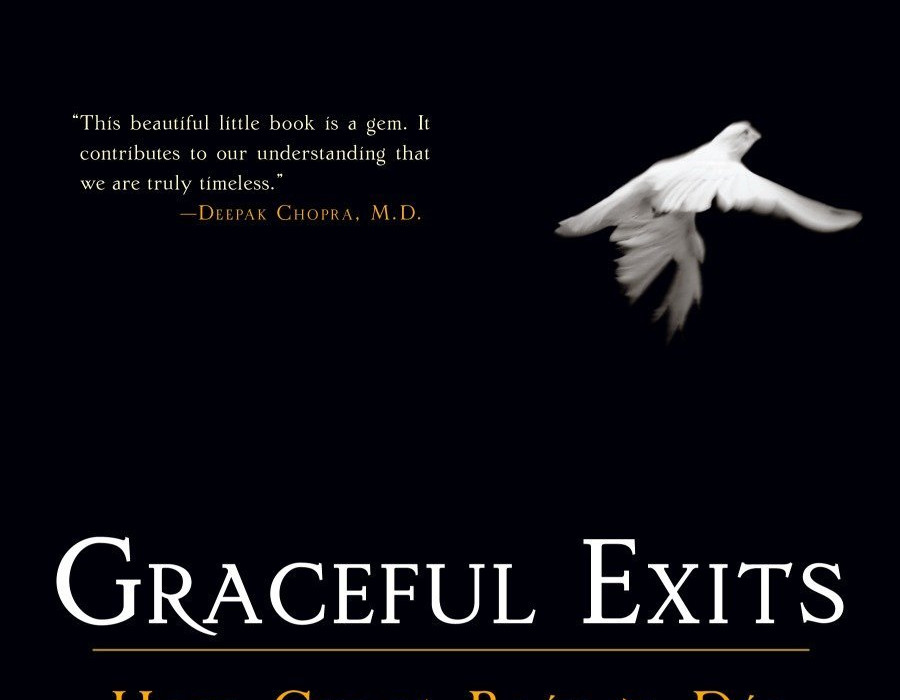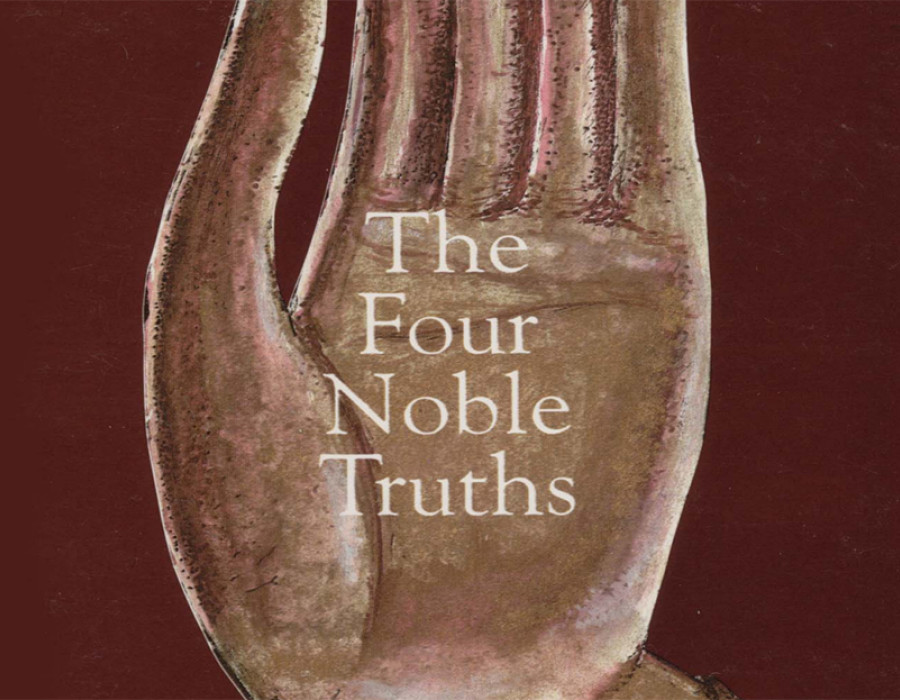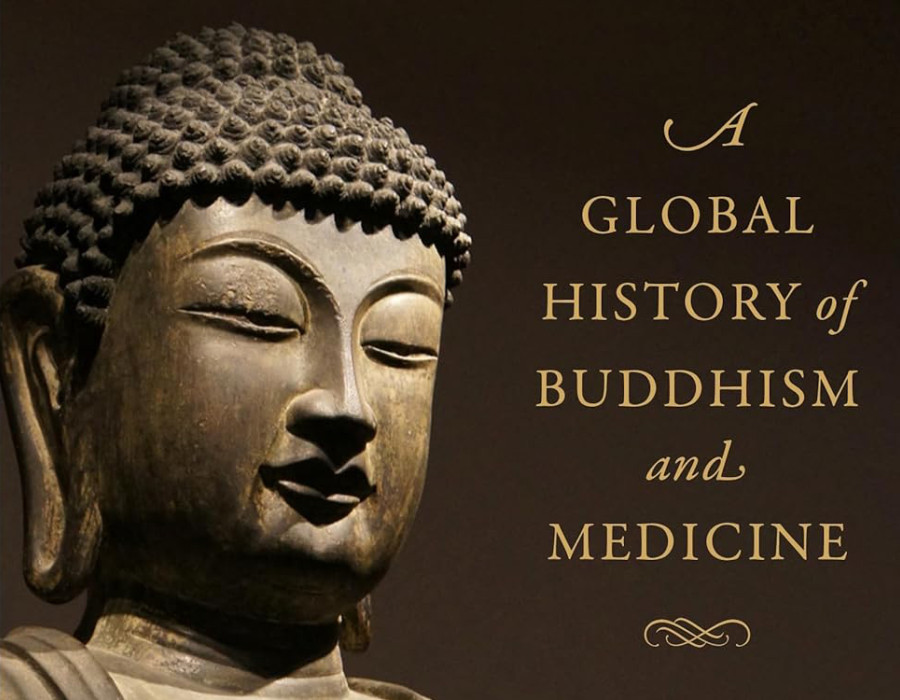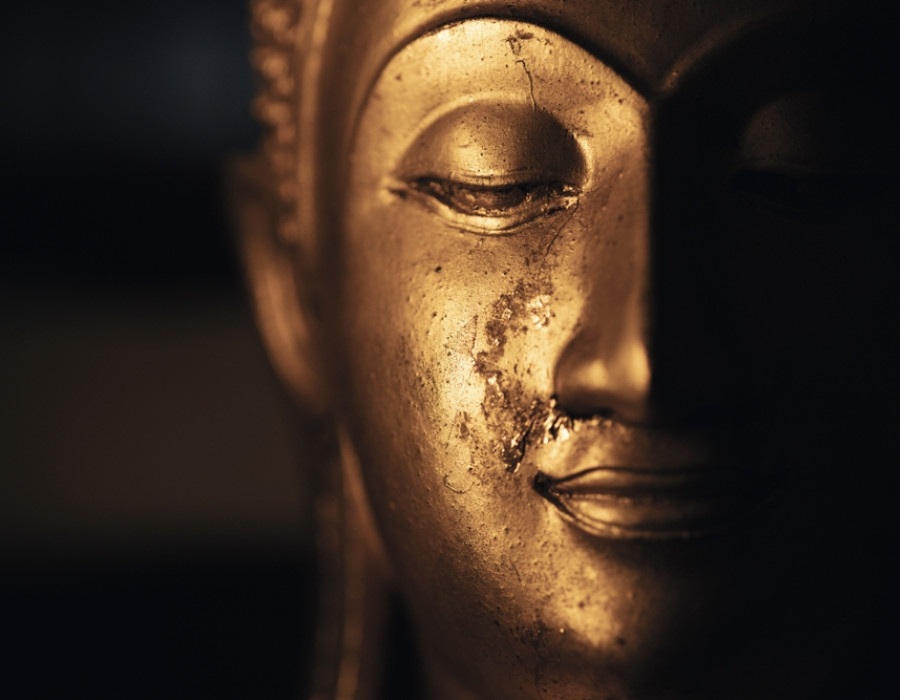Extract | The Four Noble Truths by Ajahn Sumedho | Part III
Book Extract
Ajahn Sumedho explains how to let go when suffering arises through the contemplation of the Four Noble Truths.
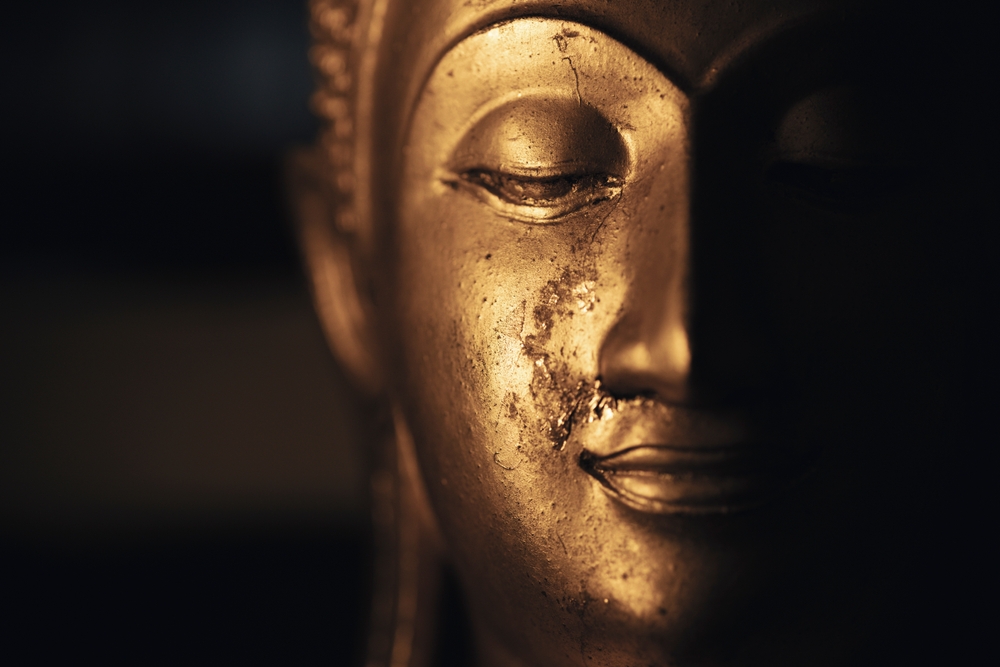
If we contemplate desires and listen to them, we are actually no longer attaching to them; we are just allowing them to be the way they are. Then we come to the realisation that the origin of suffering, desire, can be laid aside and let go of. How do you let go of things? This means you leave them as they are; it does not mean you annihilate them or throw them away. It is more like setting down and letting them be.
Through the practice of letting go we realise that there is the origin of suffering, which is the attachment to desire, and we realise that we should let go of these three kinds of desire. Then we realise that we have let go of these desires; there is no longer any attachment to them.
When you find yourself attached, remember that ‘letting go’ is not ‘getting rid of’ or ‘throwing away’. If I’m holding onto this clock and you say, ‘Let go of it!’, that doesn’t mean ‘throw it out’. I might think that I have to throw it away because I’m attached to it, but that would just be the desire to get rid of it. We tend to think that getting rid of the object is a way of getting rid of attachment. But if I can contemplate attachment, this grasping of the clock, I realise that there is no point in getting rid of it — it’s a good clock; it keeps good time and is not heavy to carry around. The clock is not the problem. The problem is grasping the clock. So what do I do? Let it go, lay it aside — put it down gently without any kind of aversion. Then I can pick it up again, see what time it is and lay it aside when necessary.
You can apply this insight into ‘letting go’ to the desire for sense pleasures. Maybe you want to have a lot of fun. How would you lay aside that desire without any aversion? Simply recognise the desire without judging it. You can contemplate wanting to get rid of it — because you feel guilty about having such a foolish desire — but just lay it aside. Then, when you see it as it is, recognising that it’s just desire, you are no longer attached to it.
So the way is always working with the moments of daily life. When you are feeling depressed and negative, just the moment that you refuse to indulge in that feeling is an enlightenment experience. When you see that, you need not sink into the sea of depression and despair and wallow in it. You can actually stop by learning not to give things a second thought. You have to find this out through practice so that you will know for yourself how to let go of the origin of suffering. Can you let go of desire by wanting to let go of it? What is it that is really letting go in a given moment? You have to contemplate the experience of letting go and really examine and investigate until the insight comes. Keep with it until that insight comes: ‘Ah, letting go, yes, now I understand. Desire is being let go of.’ This does not mean that you are going to let go of desire forever but, at that one moment, you actually have let go and you have done it in full conscious awareness. There is an insight then. This is what we call insight knowledge. In Pali, we call it ñanadassana or profound understanding.
Link: The Four Noble Truths by Ajahn Sumedho pp 31-3

